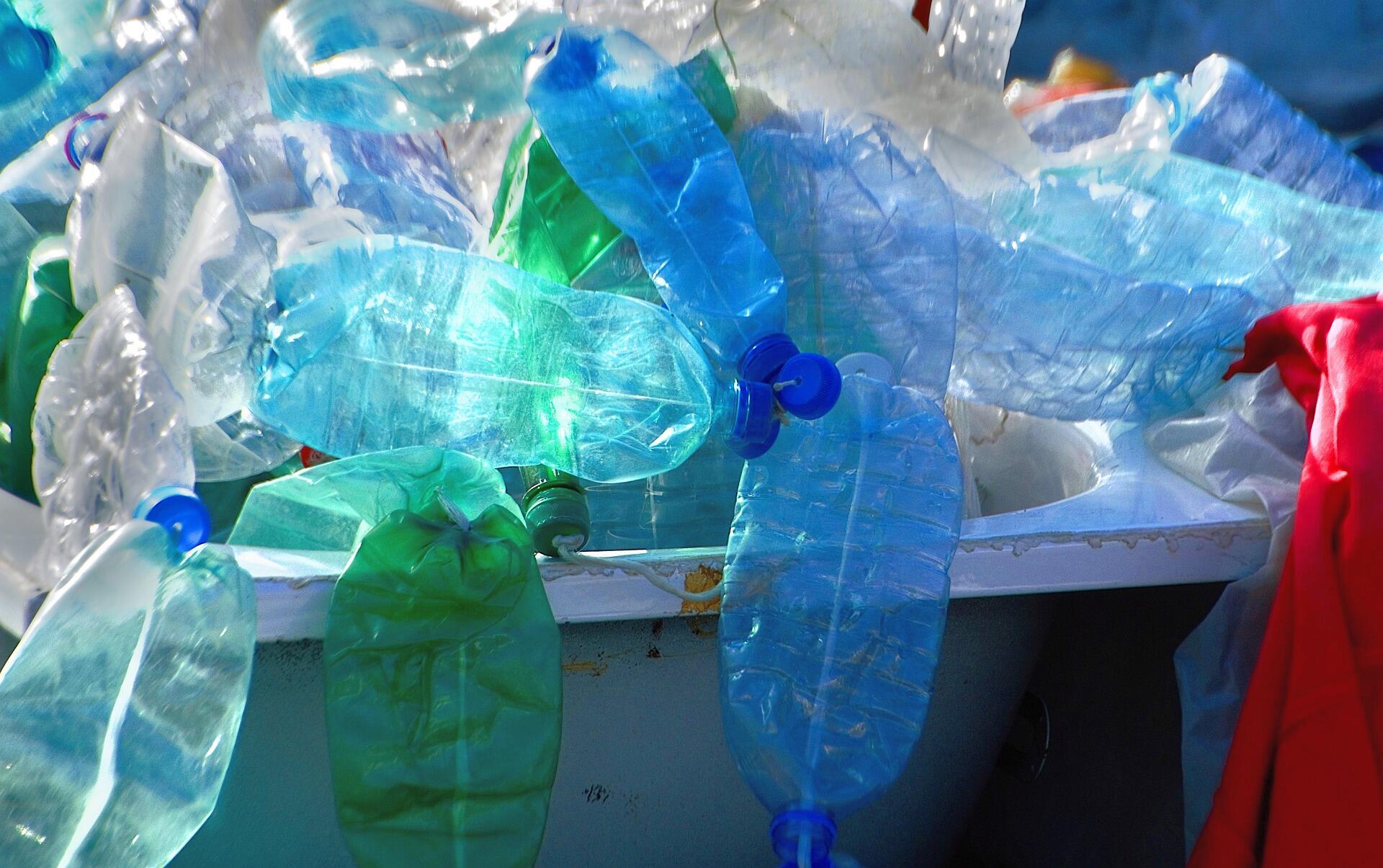Memo reviewed by César Monarrez, 2021 MBA/MPA candidate, MIT Sloan and HKS

The National Parks Service (NPS) memo PM 11-03 regarding disposable water bottle policies is a mildly compelling document that, despite having some noteworthy elements, loses potential impact due to a lack of urgency and a muddled argument structure.
Section A’s second paragraph is perhaps the strongest in the entire document. Its excellent description of the complexities around banning water bottle sales evokes empathy for various hypothetical visitors such as diabetics and families. This helps regional directors think through the potential negative impacts of poor planning and encourages thoughtfulness in their actions. Other strengths include clear writing and a credible, knowledgeable tone from the Director.
At the same time, the memo suffers from two major flaws. First, it fails to convey a sense of urgency for why plastic water bottle reduction matters to NPS right now. We’ve known about the negative environmental impacts of plastic for decades. Are parks experiencing a surge in plastic pollution? Is inaction costly? What are the consequences of not fulfilling the Green Plan? Given the memo’s already limited enforceability as noted in section F, the Director could have used more striking examples to frame the problem. Though environmentally conscious, regional directors have many projects and need to know why this one is important.
Next, the argument is not well structured. Instead of incorporating the 1-page preface into section A to connect the memo to larger NPS initiatives, the Director essentially created two disjointed and dense background sections. Further, the recommendations in section B are followed by caveats and other notes in sections C-F, making it confusing to understand who needs to do what, and which directives are mandated versus recommended. A clearer execution strategy and cost-benefit analysis for each approach (i.e., elimination versus reduction) would help regional directors determine their next steps.
Though PM 11-03 led to reform, only 19 of 62 national parks had moved to fully eliminate plastic bottle sales as of 2017(1). While there are many factors at play, one can only wonder if more effective and well-structured arguments would have increased the memo’s impact on our parks.
__________________________
1. “‘Disposable Plastic Water Bottle Recycling and Reduction’ Program Evaluation Report” (National Parks Service, May 2017), https://www.nps.gov/aboutus/foia/upload/Disposable-Plastic-Water-Bottle-....